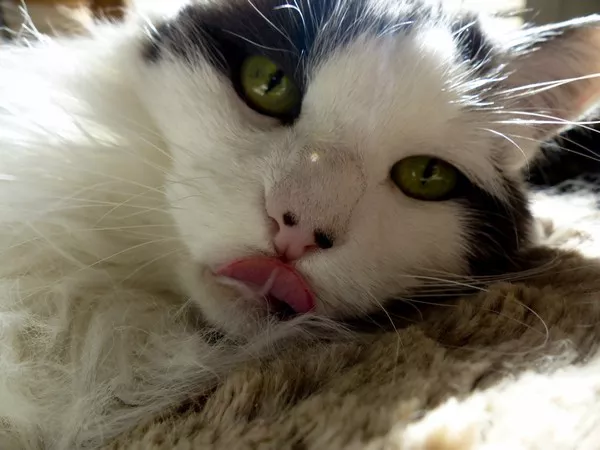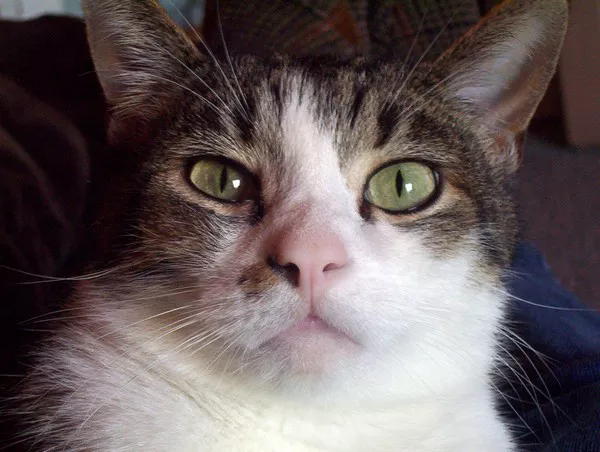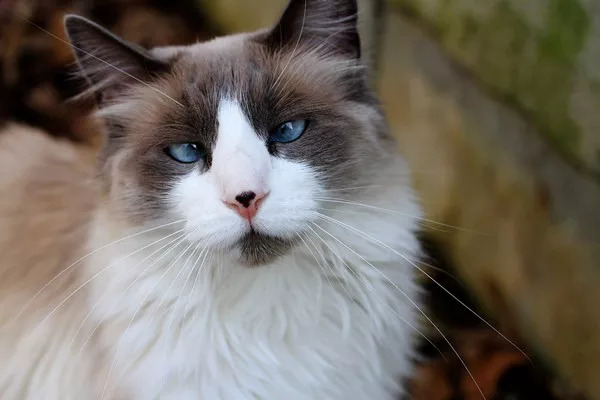Jay Schutze, a University of Montana student, has embarked on groundbreaking research to investigate the effects of feral cat colonies on biodiversity in the Missoula area.
Schutze’s journey into this research endeavor began last fall when, during a scenic drive with their partner near Butler Creek, they encountered a sizable group of cats roaming the landscape. Despite being aware of the existence of cat colonies in Missoula since 2022, this encounter marked the first time Schutze had witnessed one firsthand. Intrigued by this observation, Schutze delved deeper into the prevalence of cat colonies in the area, ultimately leading to their current research endeavor.
As a wildlife biology and nontraditional undergraduate student in UM’s W.A. Frank College of Forestry and Conservation, Schutze’s passion for animals has been a driving force throughout their academic and professional journey. With a diverse background that includes work as a veterinary technician and dog trainer, as well as experience in wildlife rehabilitation and sanctuary work, Schutze brings a wealth of knowledge and expertise to their current research project.
One of the key factors that sparked Schutze’s interest in studying feral cat colonies in Missoula is the peculiar city ordinance that somewhat condones the existence of these colonies. According to Schutze, the city ordinance allows domestic cats to roam freely outdoors if they are neutered or spayed, yet there is no local entity tasked with regulating cat populations. Consequently, the proliferation of feral cats in urban and wildlife areas has become a growing concern.
In their research, Schutze aims to shed light on the impacts of feral cat colonies on local biodiversity. By examining how domestic cats interact with other wildlife in both urban and wild settings, Schutze hopes to gain insights into the complex dynamics of human-wildlife interactions. Utilizing motion-activated trail cameras, Schutze plans to monitor the movements of domestic cats and wildlife to understand how their presence may influence the behavior of other species.
Schutze’s research builds upon the work of Christopher Hansen, a postdoctoral research associate in UM’s Boone and Crockett Wildlife Conservation Program, who recently published a study on the effects of urbanization on wildlife populations. By narrowing the focus to the interaction between domestic cats and other wildlife species, Schutze’s research aims to provide valuable insights into the broader issue of biodiversity conservation in urban environments.
With guidance from Hansen and collaboration with UM’s Avian Science Center and Boone & Crockett Wildlife Conservation Program, Schutze’s research project will serve as their senior thesis and Davidson Honors College capstone project. Through their fieldwork and data analysis, Schutze hopes to contribute to the development of informed wildlife policy that takes into account the complexities of human-wildlife interactions.
Ultimately, Schutze’s research endeavors to address the growing concerns surrounding feral cat colonies in Missoula and pave the way for more sustainable land use practices in urban environments. By understanding the intricate relationship between domestic and wild species, Schutze aims to contribute to the preservation of biodiversity for future generations to enjoy.


























